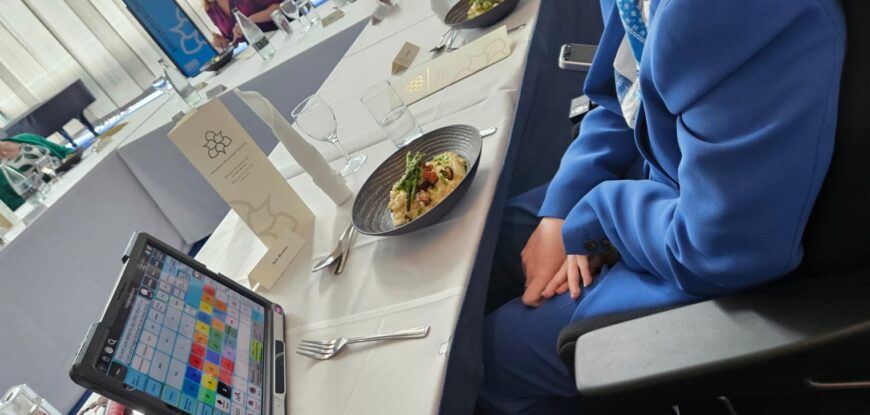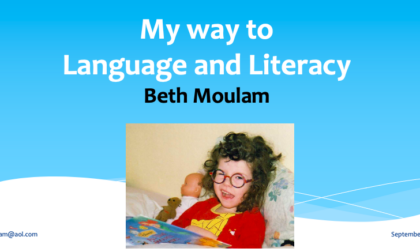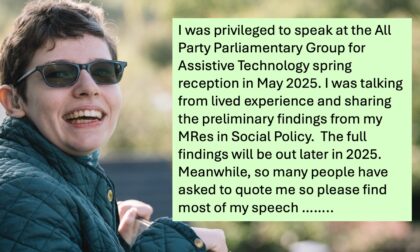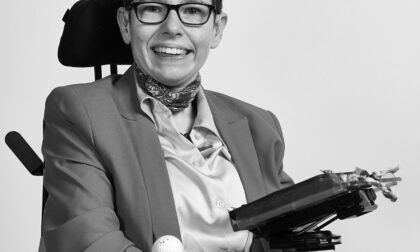October is International AAC Awareness Month.
This year, I thought I would share a series of thoughts and prompts about using augmentative and alternative communication (AAC).
Access
The top of my list is undoubtedly access. We can have all sorts of communication resources; however, without access to them, we won’t interact at our best. We frequently hear that we must ensure AAC users can access their devices. Of course, I agree! However, the important thing is that it is our choice to use it because we all communicate in many different ways. See multi-modal communication. But, access is facilitated not just by proximity to our resources; so much more impacts communication success.
Posture and seating
The right seating, posture, and positioning to communicate are also essential. Just sitting and communicating uses twice as much energy as other people. Yes, twice as much. Communication is a cognitive and physical task. Even for eye gaze, the user is typically holding their body taut to control their gaze.
Why nutrition and hydration matter
If we output twice as much energy as others for the same task, then we need to be topped up. Like a battery, we will switch off if we run out of power. This means our communication partners must be more than active listeners, interpreters, facilitators, and role models. They must check our physical inputs match our output making sure we have snacks, meals and drinks on hand.
So next time you think of access, think broad-spectrum: physical access, seating and posture, nutrition, and hydration. Access is for everyday not just International AAC Awareness Month. Thanks!
For more information about AAC visit ISAAC International, and for the UK: Communication Matters (ISAAC UK) and 1 Voice.





If you found this interesting or
helpful please feel free to share.